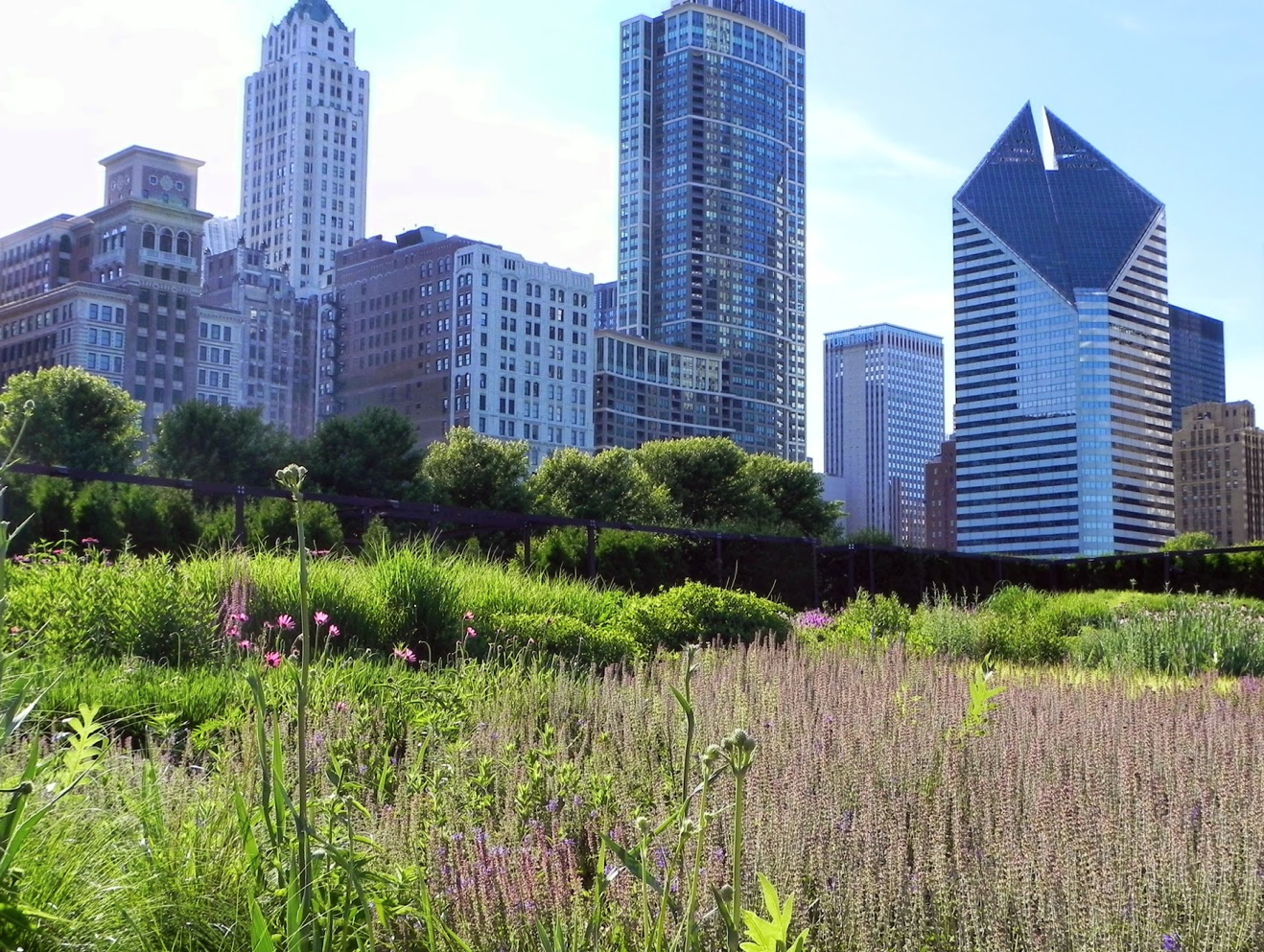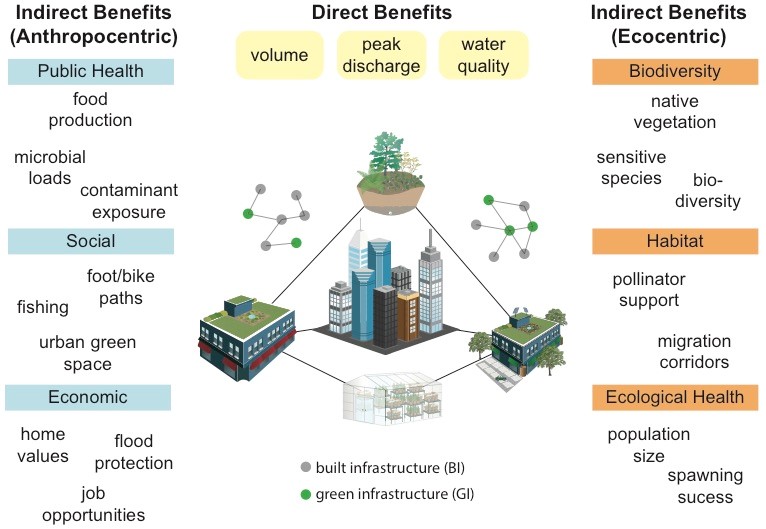Prof. Kimberly Gray awarded $2m by NSF to study nature-based strategies to prevent urban flooding
Univ. of Pittsburgh, Center for Neighborhood Technology, Greenprint Partners and NU collaborate on LEAP HI project

The critical state of US infrastructure presents enormous challenges and opportunities to engineer more prosperous and resilient communities that provide economic opportunities while safeguarding public health. There is an urgent need to enhance the sustainability of all communities—shrinking and growing, rural and urban, coastal and inland—and future-proof community preparedness to natural disasters such as extreme weather events. Consequently, the National Science Foundation (NSF) initiated the LEAP HI program – Leading Engineering for America’s Prosperity, Health, and Infrastructure – in 2018. In 2019, NSF funded 5 projects from across the US for a total investment of about $9m. Kimberly Gray, Kay Davis Professor and Chair of the Department of Civil and Environmental Engineering at NU, collaborated with Profs. Carla Ng and Murat Akcakaya at the University of Pittsburgh, Linda Young, Dr. Peter Haas and Drew Williams-Clark at the Center for Neighborhood Technology in Chicago, and Nicole Chivaz and Laura Brenner Kimes at Greenprint Partners, also in Chicago, to develop the LEAP HI project entitled, Catalyzing Resilient Urban Infrastructure Systems: Integrating the Natural & Built Environments.
 As illustrated in Figure 1, the project team will create an innovative toolbox enabling communities to transform the urban landscape structurally and functionally by expanding the quantification of Green Infrastructure (GI) benefits beyond water quantity to include cascading human and ecological co-benefits. The goal of the project is to improve the design, implementation, and performance of stormwater infrastructure to reduce acute and chronic flooding and increase the ability of communities, particularly those in under-resourced areas, to prepare for, recover from, and adapt to extreme weather events. By integrating ecologically (nature) based Green Infrastructure (GI) with existing Built Infrastructure (BI) the project will develop technical and financial strategies to protect local communities from current and future flood damages and boost economic, social, and ecological redevelopment in neighborhoods across the US. The outcome of this multidisciplinary collaboration is the reinvention of the urban water cycle based on GI networks that not only improve water management and enhance the livability and quality of local environments, but also are more adaptive, robust, and resilient than the established (BI) practice of paving, piping and pumping. The research team will identify and then resolve the hurdles that have limited GI to single installations with limited real time performance data or to plans that remain unrealized. In doing so, this project will develop and apply engineering tools to real communities with real outcomes affecting real lives and thereby, convert stormwater runoff into a community asset.
As illustrated in Figure 1, the project team will create an innovative toolbox enabling communities to transform the urban landscape structurally and functionally by expanding the quantification of Green Infrastructure (GI) benefits beyond water quantity to include cascading human and ecological co-benefits. The goal of the project is to improve the design, implementation, and performance of stormwater infrastructure to reduce acute and chronic flooding and increase the ability of communities, particularly those in under-resourced areas, to prepare for, recover from, and adapt to extreme weather events. By integrating ecologically (nature) based Green Infrastructure (GI) with existing Built Infrastructure (BI) the project will develop technical and financial strategies to protect local communities from current and future flood damages and boost economic, social, and ecological redevelopment in neighborhoods across the US. The outcome of this multidisciplinary collaboration is the reinvention of the urban water cycle based on GI networks that not only improve water management and enhance the livability and quality of local environments, but also are more adaptive, robust, and resilient than the established (BI) practice of paving, piping and pumping. The research team will identify and then resolve the hurdles that have limited GI to single installations with limited real time performance data or to plans that remain unrealized. In doing so, this project will develop and apply engineering tools to real communities with real outcomes affecting real lives and thereby, convert stormwater runoff into a community asset.

The project employs a systems approach in which GI/BI networks are designed to operate with predictive and expanded performance metrics that are achievable because the network designs are tailored to local conditions. Detailed study of testbeds in Chicago and Pittsburgh, two cities with ongoing stormwater issues but fundamentally different topographies and infrastructure design, establish the basis for replication in a wide range of communities. By fundamentally improving our ability to predict GI/BI network performance, the proposed project addresses 3 NAE Grand Challenges: restore and improve urban infrastructure, provide access to clean water, and manage the nitrogen cycle. The collaborative, interdisciplinary team of researchers shows broad expertise ranging from environmental chemistry and modeling to machine learning and optimization and from community engagement and web-based tool design to finance and investment. Four research teams in partnership with ecological and financial consultants will tackle the following tasks: sensor network design, field measurements, data interpretation and optimization of data acquisition, GI/BI network modeling and performance prediction, validation of models and algorithms, and quantification/valorization of social, ecological, and economic benefits.
For more information, click here.
